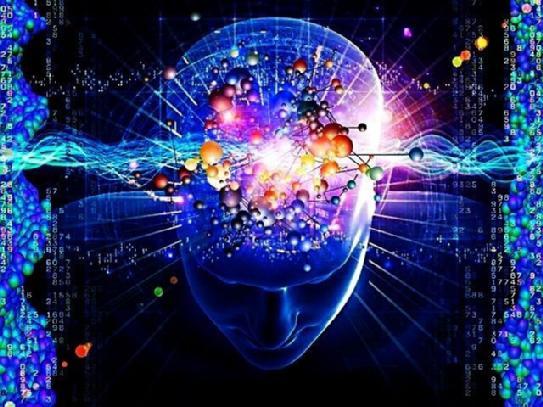At the "Learning and the Brain" conference in San Francisco last week, neuroscientists and researchers explored the basic idea that "Brain Science (could be used) to Boost Memory, Thinking and Learning." Many of the speakers seemed to be saying that there are a number of ways to engage young people and enhance learning:
Movement including dance or theater, exercise, and even posture helped young people think more clearly, and enhance memory retention. But, where art-infused education is used to redesign the curriculum, one that is truly integrated, collaborative and interactive, students' attendance dramatically improves, as does performance. It's STEAM (Science, Technology, Engineering and Math +the Arts) that will make the difference.
That was certainly the findings presented by Ivonne Chand O'Neal, Director of Research and Evaluation at the Kennedy Center for Education, one of cosponsors of this prestigious event. O'Neal made the point that, based on the Center's recent research, arts integration for kids from the lower socio-economic strata was a formula that held the most promise. And across the board, arts integration--if done right--was the answer to giving our young people the new thinking skills for a new economy. No surprise that the Kennedy education center has been nurturing and studying the important role of the arts in education for over thirty years.
In releasing the report, Darrell M. Ayers, Vice President of Education for the Kennedy Center said,
"The results from the study show that students in arts-integrated classrooms are more creative, positively challenged, and more engaged in their schoolwork than those not in arts-integrated classrooms."
Under Ayres leadership, Education at The John F. Kennedy Center for the Performing Arts, has grown in essentiality and importance and has made "Arts Integration" better known and accepted in the education community. The Kennedy Center's Changing Education Through the Arts (CETA), was established "to develop teachers', schools', and school districts' knowledge and skills in the arts and arts integration so that they include the arts as a critical component in every child's education." Teachers from across the nation participate in the CETA programs.
There was an understanding "that there was a wide variation in the quality of arts integration teachers were providing in classrooms. Some instruction was on target while others were not. Many heated discussions followed about what the program considered being on target." This shaped the Center's Education mission to a "realization that the program has been offering teachers strategies for arts integration-- "the how"--but hadn't been sufficiently preparing teachers to understand the bigger picture and the parameters for what constituted quality arts integration--"the what." These discussions about the nature of arts integration led the Kennedy Center to clarify the variety of ways the arts are taught in schools.
The Center offers performances just for young people, lists of resources, videos, sample curricula and professional learning opportunities throughout the year, recognizing that "both teaching the arts and integrating the arts with other subject areas are important ways the arts are taught in schools." The "Workshops and courses align with appropriate standards, including the Common Core State Standards, the Virginia Standards of Learning, and the National Core Arts Standards."
Now in its 5th year, the Center will also hold its annual conference July 8-10, 2015. The Conference explores the "how" of arts integration, rooted in the Kennedy Center's 30 years of experience in professional learning for teachers, and provides many strategies that can make arts integration a part of every teacher's approach to teaching.
What Neuroscientists were saying in San Francisco, and what many have been saying for years, goes to the heart of the Centers programs. They seem to understand that success in a new economy demanding creativity and innovation comes from nurturing both hemispheres of the brain--the whole brain--working in tandem.
Author and educator Mihaly Csíkszentmihályi calls this FLOW...a " mental state of operation in which a person in an activity is fully immersed in a feeling of energized focus, full involvement, and success in the process of the activity."
This understanding of the brain and the importance of art and arts integration have spurred new thinking about the role of the arts in education. As a consequence much has been happening in just the last few years all of which reflect this new reality.
An extremely influential item was the release of The President's Committee on the Arts and the Humanities (PCAH) landmark report: "Reinvesting in Arts Education: Winning America's Future Through Creative Schools" which culminated 18 months of research, meetings with stakeholders, and site visits all over the country.
According to the Committee report, "Cutting-edge studies in neuroscience have been further developing our understanding of how arts strategies support crucial brain development in learning." Among other recommendations the report highly recommended Arts Integration as a vehicle to transform pre-school and g-12 education.
If indeed, after a decade of studying the human brain we know the arts enhance math and science comprehension, we must begin changing the curriculum to be using the arts and art integration, namely teaching through the arts. Without arts integration, many fear we will not succeed nor survive in the new innovative economy, an economy that demands creativity and innovation in the workplace.


